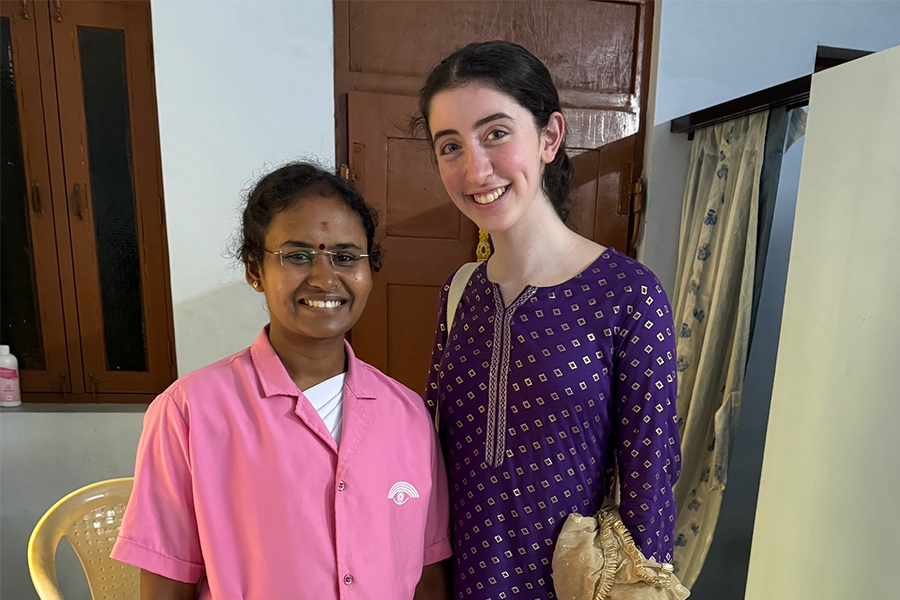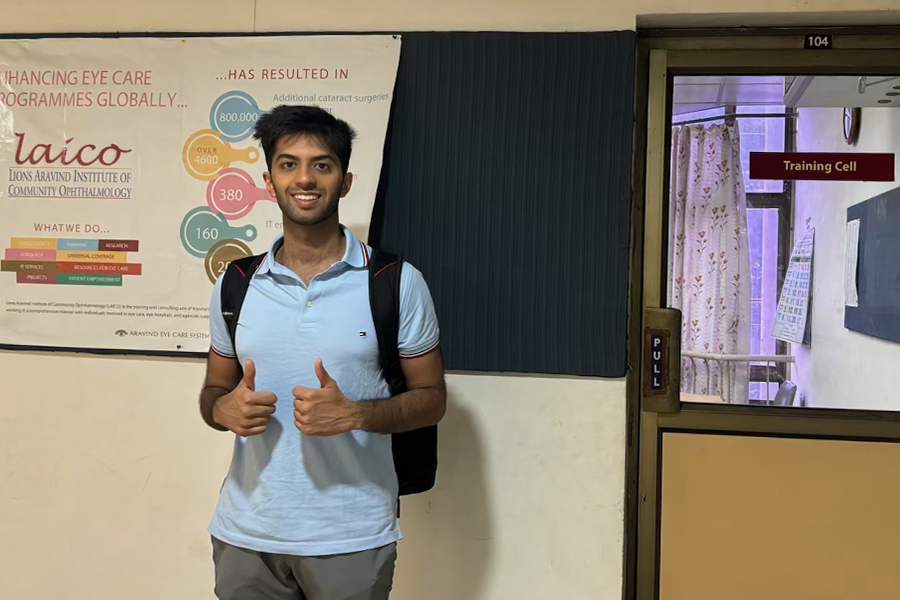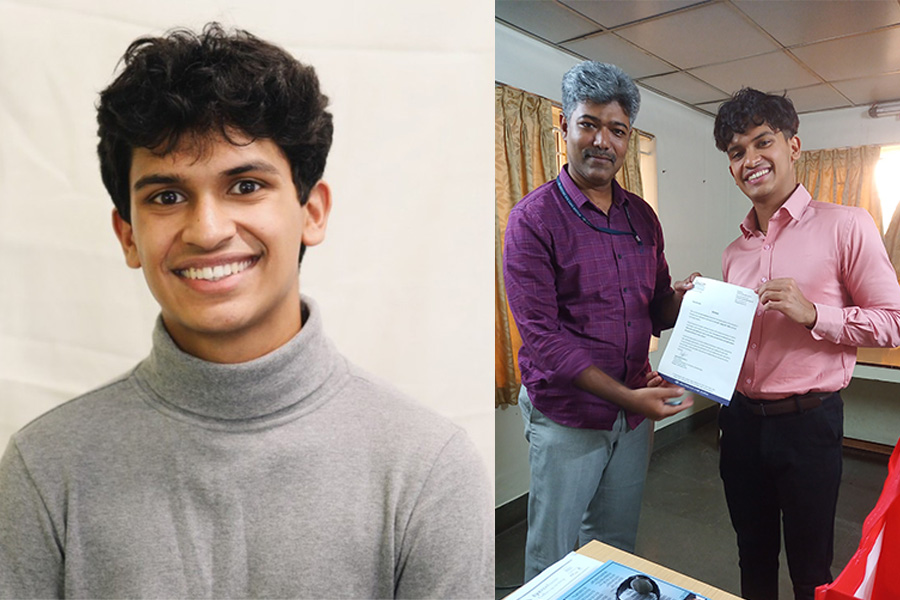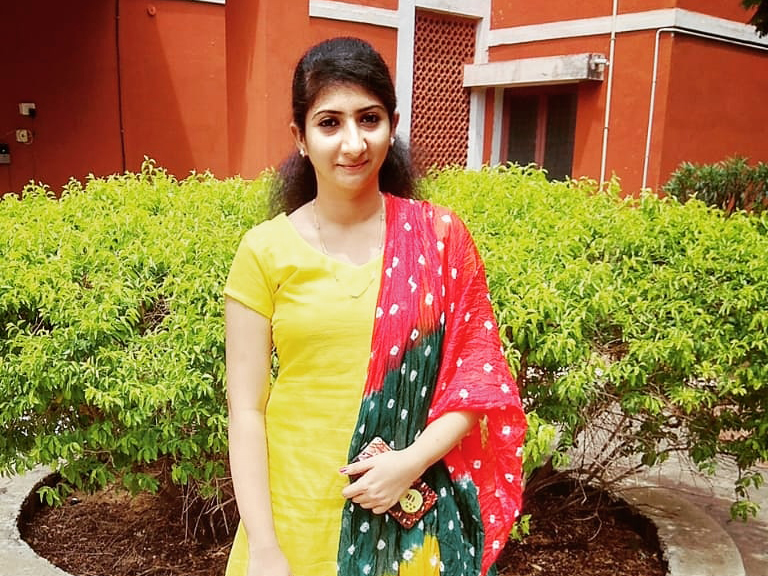Shivek
Eye Camps, Vision Centers, Tertiary Hospitals, and Everything in Between! The incredible world of Eye Care at Aravind
Eradicate Needless Blindness. This is the goal of the Aravind Eye Care System, a network of 14 eye hospitals and over another 100 primary eye care facilities that span across much of the state of Tamil Nadu and Southern India. But for a country with over 1.4 billion people, with nearly 5 million people suffering from blindness and another 30 million people suffering from some other sort of visual impairment, it is necessary for this network to have both an efficient bureaucratic system along with an extensive outreach network that will enable them to reach out to individuals in all living conditions. With over 60% of the nation’s population living in rural communities, many of whom do not have access to basic transportation or healthcare facilities, Aravind’s primary healthcare facilities provide a solution to these problems. I want to share my experiences at both Aravind Eye Camps and Vision Centers and their ingenuity in providing comprehensive eye care.
Eye Camps
Before talking about eye camps, I want to explain a difference between what we call primary, secondary, and tertiary care. Primary care focuses on the overall general health of patients whereas secondary care refers to seeing a specialist (i.e does the patient have some eye condition or not). Tertiary care involves observing a patient in a hospital setting for more complex cases. Therefore, we refer to eye camps and vision centers as primary eye care facilities, and Aravind base hospitals as tertiary eye care facilities.
Eye camps are one of the major ways with which Aravind provides accessible and affordable primary care to underserved areas. Functioning as single day encampments that may occur weekly, monthly, or even yearly, these facilities serve to provide rural patients with primary eye care and free transportation to a base hospital for additional follow up services.
I had the privilege of attending an eye camp in the village of Oddanchatram, a small rural village in the Dindigul district of Tamil Nadu. Located about a 2 hour drive from the Madurai Base Hospital, Oddanchatram hosts of a population of around 30,000 people and is known as the vegetable city of Tamil Nadu, with agriculture being the major economy of this town. The camp in Oddanchatram occurs only once every year, so we knew it was going to be a busy day.
We left from the Madurai hospital early in the morning at 6 AM and reached Oddanchatram two hours later at 8 AM, ready to set up camp. After a quick breakfast, where we were served idli and Sambar, the sisters who were in charge of the day’s camp quickly turned an empty warehouse into a primary eye care center with all the necessary stations – from refraction testing, to physician appointments, and even treatment procession consultations. At 9 AM, patients started flooding in, and went to their respective stations following the sisters’ recommendation. Over 600 patients came throughout the day, most of whom were cataract and glaucoma patients. Around 100 patients required further consultation and intervention, and free transportation was arranged for them to be transported to the Madurai Base Hospital on the upcoming Tuesday, so that they may obtain the full pipeline of treatment. At 4 PM, after a full day of work, the sisters worked efficiency to clean up and settle the camp, and we were offered some nice rice and sambar to be eaten on a banana leaf – a fun and novel experience for me. The efficiency of this system was incredible to witness – how the sisters were able to organize a full diagnostic clinic for an entire village within a span of a single day – and Aravind’s ability to provide them with free transportation and advanced services truly encapsulates and emboldens their message to end needless blindness.
Vision Centers
Vision centers are small and permanent facilities set up to provide primary eye care and services to semi-rural and rural communities. Unlike eye camps, which are single day services where the site is constructed and completed within a day, vision centers tend to function year round and are located in small villages for patients who are unable to go to the clinic and obtain preliminary and diagnostic care. Those that need further follow-up care are transported to a tertiary center for extra treatment.
The Aravind Eye Care system has a total of 114 vision centers spanning rural Tamil Nadu and nearby regions. Each of these vision centers – which serves patients in a 5-10 km radius – is associated with a base hospital, as patients who require further preventative care (including surgery, imagery, or further consultation) will be transferred to their appropriate base hospital. The base hospital where our cohort is stationed is the Madurai base hospital. The Madurai base hospital has 38 vision centers, each in a separate village.
A couple weeks ago, along with an outreach team here at Aravind Madurai, I took a trip to the vision center in Alanganallur, a village near the outskirts of Madurai. With a primary economy of agriculture, Alanganallur is known for its incredible sugar cane fields, with a sugar factory located not even one km away from the village. Alanganallur is famous for its “Jallikattu” festival, a traditional event in which a bull is released into a crowd of people with the aim of the human participants to grab onto the large hump on the bull’s back and hang on to it while the bull tries to escape.
My first reaction to reaching the vision center was one of confusion. What I saw ahead of me seemed to be a worn down building, not much bigger than a small house as shown in the picture below. But as we got down and toured the center, I was amazed by the novelty of it. At the vision center itself, around 30-35 patients would come in everyday on average, with diagnostic eye services, basic services, and prescription lenses offered. Operating in a small run down house, the fees of the vision center was very limited with rent being about 5000 rupees per month. Patients who come in for treatment only had to pay a 20 rupee fee (equivalent to about 25 cents) to seek treatment. Despite this low fee, the vision center is economically self-sustaining, an incredible feat certainly emboldened not only by the low rent but also by the close knit community between the coordinator and the village. That was what I found to be the greatest strength of the vision center: the sense of camaraderie between the vision center and the members of the village fostered a sense of trust and closeness.
Tertiary Centers
Finally we get to the tertiary centers, or the base hospitals, where my co-interns and I spent a vast majority of our time in. While two of our colleagues are working in the Pondicherry Eye Hospital, most of us spend our Monday – Saturdays in the Madurai Center, completing work in the training cells with all the other interns, or going to our respective clinics and centers for our individual projects. I spend a majority of my time in the Neuro-ophthalmology clinic, where I am working on two projects related to patient follow up and care. First, I am analyzing the accuracy of the 38 Madurai Vision Centers in terms of Neuro-ophthalmology diagnosis, while also studying what percentage of patients who are referred from vision centers to tertiary centers actually show up for their appointments. I will then be analyzing the barriers to care for those patients who were unable to attend the hospital to understand weaknesses in Aravind’s referral system. Additionally, I will be looking at the rates at which patients attend follow up care within the Neuro-ophthalmology clinic itself. Following initial diagnosis and intervention, patients are asked to return to the base hospital to obtain follow-up care. I will be analyzing not only the rate at which patients return for their appointment, but also again the barriers that patients face in coming to another appointment, while performing a demographic analysis of these patients.
Overall, the Aravind Eye Care System has an impressive method of streamlining patient eye care especially in rural and impoverished areas that would otherwise not have access to basic healthcare services. Their commitment to the formation and expansion of primary healthcare services is what enables Aravind to be the largest and most efficient eye care service in the world.










